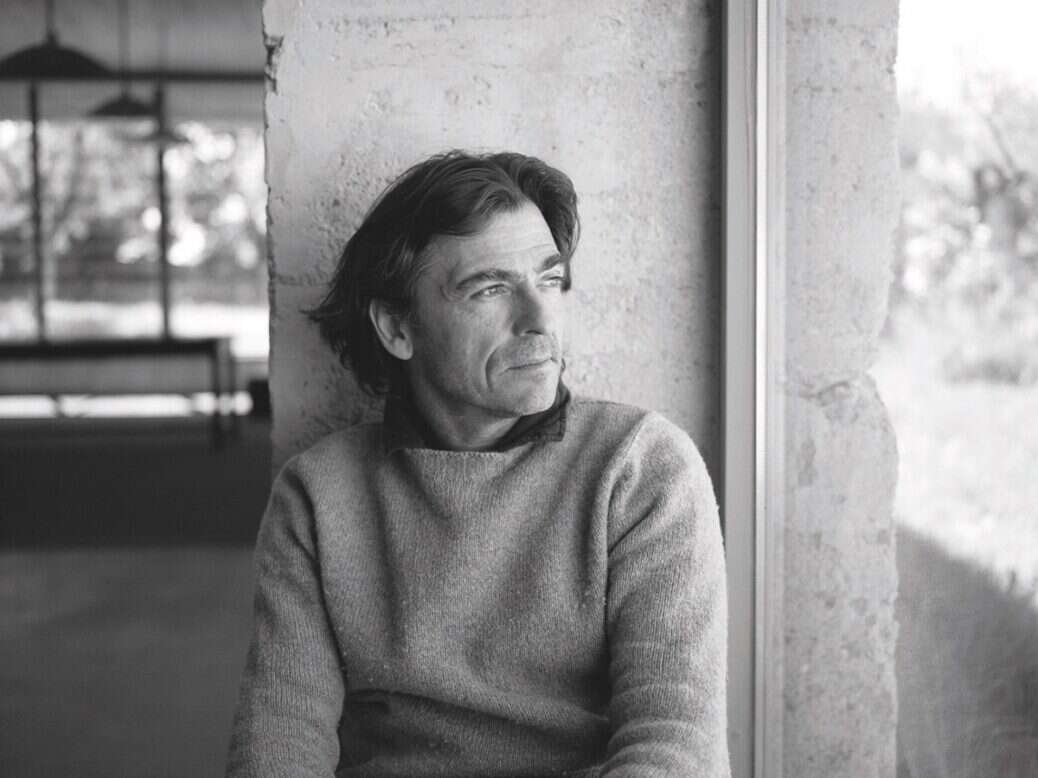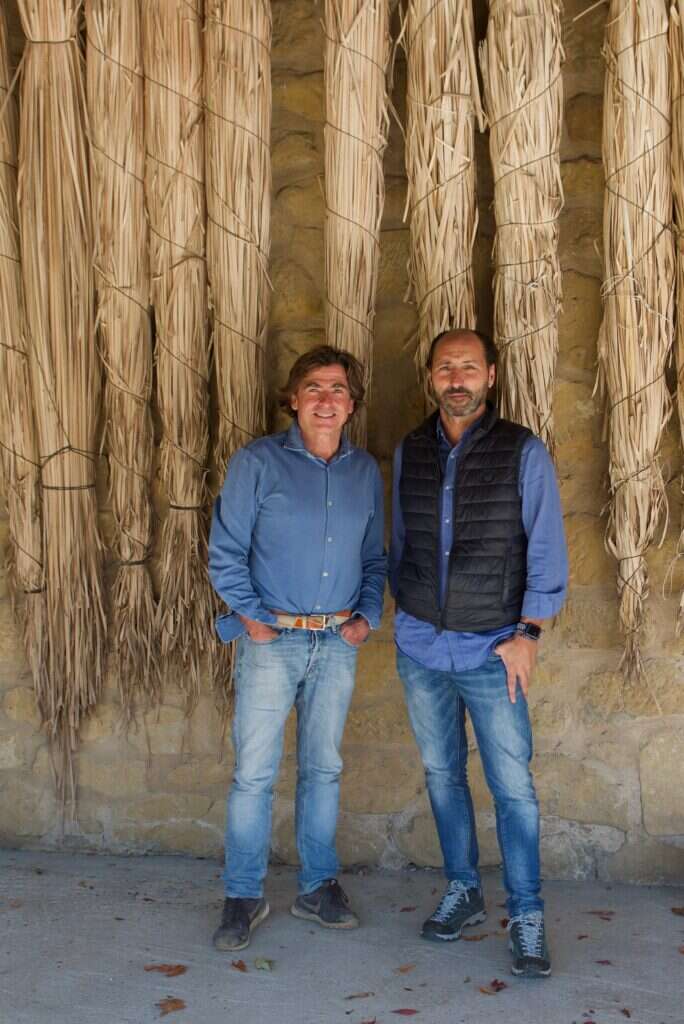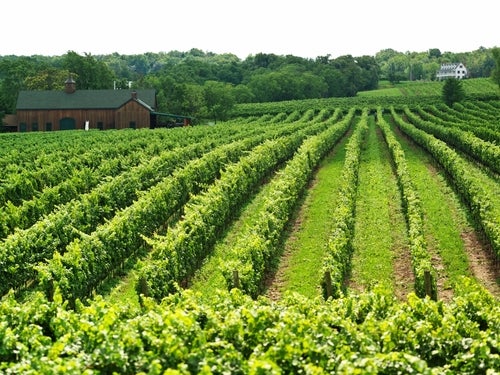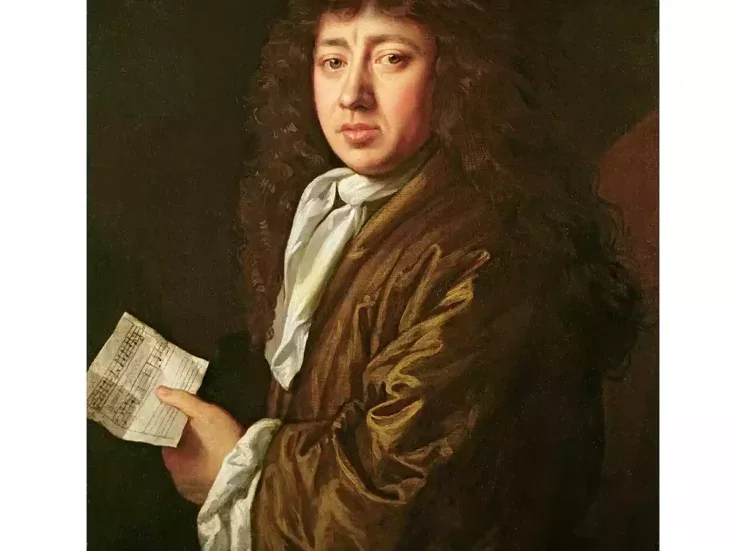
In the latest of our series of series of extended interviews with leading wine growers marking 20 years of The World of Fine Wine, Telmo Rodriguez of Remelluri, Rioja and Compania de Vinos de Telmo Rodriguez reflects on the rise of fine winemaking in Spain.
Vignerons’ stories: Katharina Prüm
Vignerons’ stories: Eben Sadie
Vignerons’ stories: Jean-Baptiste Lécaillon
Vignerons’ stories: Véronique Sanders
Vignerons’ stories: Francisco Baettig
Vignerons’ stories: Diana Snowden Seysses
Vignerons’ stories: Brian Croser
Destroyed by chemicals
Telmo Rodriguez: My origin is Remelluri, a 14th-century property in Rioja Alavesa, which my parents bought by chance, but which was so powerful, so spectacular, it pushed them to make wine. They bought it in the 1960s, the moment when viticulture was changing radically, and when the vineyard was not important. The sales guys from pharmaceutical firms came to visit, but they weren’t accepted—at Remelluri we haven’t used a single gram of herbicide or pesticide. I was born in a culture where that was not used.
But agriculture in Europe in general was destroyed by chemicals in the 1960s. Even much later, when I went to Burgundy… well, Burgundy was the same. For me, visiting Le Montrachet with all the herbicides, was really amazing, but this decadence was everywhere. The French did have one advantage—in Burgundy, the classification of the crus was very clear, and the hierarchy was based on the vineyards. In Burgundy and the Rhône, there was a very deep sense of the quality of the vineyards.
When I came back to my country after years of traveling, Spain was a country where the vineyard wasn’t something important. Grapes were like potatoes—they were just there, and the winery and the clever winemaking would transform those generic grapes into a style wine. In fact, everything in Spain was about style. Even a strong region like Sherry—which was the only area with a hierarchy, and where, in the 19th century, the top albariza vineyards were less than 2% of the total, like Burgundy’s grand crus—even there, it suddenly became very generic.
The British, I’m afraid, are among those responsible for Spain being bad. If you don’t give value to something, it becomes decadent—that Rioja should be cheap, that Sherry should be cheap, that’s the market …The problem with Spain was that it was supplying cheap wine, and we didn’t give any value to it. But, for me, as someone who is part of a generation between a very boring Spain and an exciting Spain, I left Remelluri, and I started this journey around Spain 30 years ago, and now I have 90ha [222 acres] of “grand cru” vineyards. And when you think about it, maybe this is the opportunity for Spain, and why it has become so much more interesting over the past 20 years—because in Spain young people can still buy vineyards and they don’t have to pay a fortune, as they do in France, Italy or Germany.
It’s as if the Prado had been closed for 20 years
Telmo Rodriguez: An interesting thing about herbicides in Spain, is that the growers before were always working with their animals and by hand. And they discovered that with a little bit of product they didn’t have to work. So, in a region like Gredos—where I was a pioneer and which is now an area that we talk about a lot—Gredos was disappearing. The very old vines were still there, but they were not being used by vignerons, rather by paysans working the weekends, using a little bit of product, and not working a lot. But what’s interesting is that, once you start doing good viticulture again, these vines recuperate so fast—their memory comes back, and their beauty reappears.
To me, it’s like the Prado Museum, this amazing collection, one of the greatest museums in the world—maybe the greatest. Imagine if they didn’t realize how great it was—if Spain didn’t know what to do with the Prado—and they closed it for 20 years! Spanish wine is like the Prado. We have some of the most amazing and beautiful vines—we have seven, ten, 15 varieties that nobody knows—and I think it’s spectacular that all this beauty was completely neglected for so long.
In Rioja, since I came back to Remelluri, one of the most important parts of our work has been our work with an historian. We have been asking, “What is the history of our surroundings?” In 1670, Labastida was one of the most important villages: in the 17th century, there were 300 growers, and 260 underground cellars. Today, it’s all gone! It’s just terrible wineries and a cooperative and all this beauty disappeared! When you see what we were and the importance of the sense of village and terroir in the 17th century, you see what we have lost, and how, over the past 70 years, Rioja has been neglecting the villages and terroir.
But I’m not someone who complains about the past. Today I’m 61. I’ve been extremely lucky—the Spaniards are lucky. For the first time, Spain is supplying some of the most original wines in the world, and we’re now talking about viticulture and places. Over the past 20 years, and the past two generations, Spain has been waking up, and the big treasure of Spain—the vineyards—which was so neglected, is starting to show its beauty with this new generation of young kids, which I am so happy to see.
I have very good relationships with a lot of producers in France. And I tell them, look, Spain is much more complex than France. And you will see the day when all those valleys and mountains will be producing what they always had the potential to produce.
On finding new vineyards like a gentleman traveler
Telmo Rodriguez: I was not a very good student, but I was very sensitive, I think. Getting to know people and vineyards in France was very important for me, and I think I developed a sensibility—I learned to sense when a place was nice, if I felt a connection or if it was expressing something. That was my real education—when I was traveling and visiting nice places.
When I came back to Spain, I was very inspired by the British travelers from the 19th century. When you go to Granada, the best way to understand the Alhambra is to read the British travelers, who were much more sensitive to our beauty than we Spaniards were. And I like this idea of someone traveling and taking time. If you are born in the place, it is what it is; but if you come from somewhere else, you have a different eye, something very fresh.
So, I was going to places and connecting to beautiful landscapes—in Ribera del Duero, ungrafted vines in Toro, and then I came to Galica… which is its own world. I remember when I was 19 and 20, going surfing there, and it took five or six hours on very small roads… and we loved it, but it was impossible. But you have an Atlantic Galicia and a Mediterranean Galicia, which is why Galicia has more biodiversity than all of France. I am on the Sil River, and you have some vineyards facing north—you could be in Scotland—and on the south, you could be in Teruel [in central eastern Spain]. You have all kinds of altitudes… amazing rivers… mountain terraces… If you analyze the richness of Galicia—there is a deep culture there, the greatest concentration of Romanesque architecture. You need only to travel and to have a little sensibility to know you are in one of the most amazing places in the world.
And in a world dominated by Cabernet Sauvignon and Chardonnay, you go into a vineyard in Galicia… and in one vineyard you have 25 grape varieties that nobody knows. And you realize for sure they are interesting. In the aftermath of phylloxera, grapes like Alicante and Jerez were arriving in Galicia. Then you understand that, if they were planting Jerez in Galicia, it meant that wine wasn’t important. It was a kind of commodity, like bread. There was no sense of producing fine wine. So there again, there is this incredible thing, in the 21st century—all those elements are free and they’re there waiting for you… a lot of “Musigny,” of grands crus all waiting to be discovered. I had exactly the same emotion as the British travelers arriving in Toledo or Granada.

Adapting to climate change
Telmo Rodriguez: One of the ways I have adapted to climate change is by moving to the north. All my projects have been developed in the northwest of Spain, which is partly because I love surfing and I like to go to the Atlantic. But the reality is, 20 years ago I went to Alicante. I wanted to make a wine with Monastrell, because my culture was very Rhône Valley, and I thought we could make some of the best Mourvèdre in the world in Alicante. But I saw almond trees that had dried out, and I was scared by the lack of water.
We made a wine, Al-Muvedre, which is a very romantic wine, and I still think Monastrell is an amazing grape, but it was a négociant wine, and I didn’t invest. I decided to move to Valdeorras, because I’m Basque, and I wanted freshness, I wanted green, I wanted the Atlantic, and I wanted chestnuts.
Another way we’ve reacted is by going back to grape varieties that were neglected. In Rioja, the most important wine region in Spain, we used to have 50 or more different varieties… but they neglected this, they pushed the growers to plant Tempranillo, Tempranillo, Tempranillo. And so we thought we should go back to grape varieties that were not always ripening in the past, but that we are interested in now.
I work with a nursery in France, and it was funny to me, because they are very interested in Spanish varieties, because they think they could work in France. Last summer I was invited to the 350th anniversary of Berry Bros & Rudd. Jane Anson gave a talk, and the director of Lafite said they were thinking about changing some grape varieties. I was joking with Jane, saying that she could say in her blog that in 2060, Lafite will be made from Tempranillo.
I’m not so radical. I’m conscious that I’m not at all a scientist, I’m somebody who is, in the end, very basic. I know that the Spanish are still fighting to become something—we are not yet at the stage to tell the world what to do, we have enough work trying to revive ourselves. But we do still have grape varieties that won’t produce more than 11.5% alcohol, that don’t ripen like Merlot in St-Emilion or the Médoc—and that could be useful.
I was thinking about the future of our project… and finding people to work with who are more talented than we are… and thinking about what our children will do in 20 or 30 years. But it’s almost too much for me—I don’t know what to do! The only thing I’ve done is to go up toward the mountains, and to work more with grape varieties that were considered uninteresting because they were not ripening.
I don’t have any irrigated vineyards. We don’t have trellising either—all of our work has been sensitive to the past, so all our vineyards are bush vines. It’s true that we do very, very good viticulture by comparison with the past. But we have been doing a lot of work in Remelluri thinking about the future, and about what is important about what we have. In Bordeaux, there’s a lot of talk about planting trees—but my parents started planting more than 200 trees a year 60 years ago. We have thousands of trees, and when we have visitors, we don’t show off the vineyards, we show off the surroundings—the trees, the herbs, the rosemary…
We could do all this in an unconscious way. If you have one hectare [2.5 acres] in Puligny, you can’t do this—the land is too valuable to plant trees. But in Spain, we have this opportunity—all our vineyards are full of trees, amazing ecosystems protected by nature.
When you see the monocultures in successful vineyard areas, it’s scary if you don’t see a single tree in 300ha [750 acres]. It’s not natural. Today, I’m preparing a plantation in Remelluri, which I think is the plantation of the future, because we haven’t just considered the densities of the plants, or the field blend in the vineyard—we are also thinking about what else we plant in and around the vineyard. These things are very good for climate change because you’re enhancing and reinforcing nature, which balances you. The tree is not just a decoration—you’re creating ecosystems, which are much more interesting.






